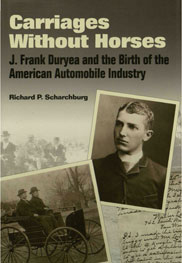Technical Paper
External Flow Analysis Over a Car to Study The Influence of Different Body Profiles Using CFD
2001-10-16
2001-01-3085
A vehicle’s performance and fuel economy plays an important role in obtaining a larger market share in the segment. This can be best achieved by optimizing the aerodynamics of the vehicle. Aerodynamics can be improved by altering the bodylines on a vehicle. Its drag coefficient can be maintained at a minimum value by properly designing various component profiles. The stability of a vehicle and Passenger comfort are affected by wind noise that is related to the aerodynamics of a vehicle. To study the effects of the above-mentioned parameters, the vehicle is tested inside a wind tunnel. In this paper, the authors study the body profile for different vehicles and analyze them using Computational Fluid Dynamics software - FLUENT. To study the influence of different body profiles on drag coefficient, 3 different vehicle segments are considered.

